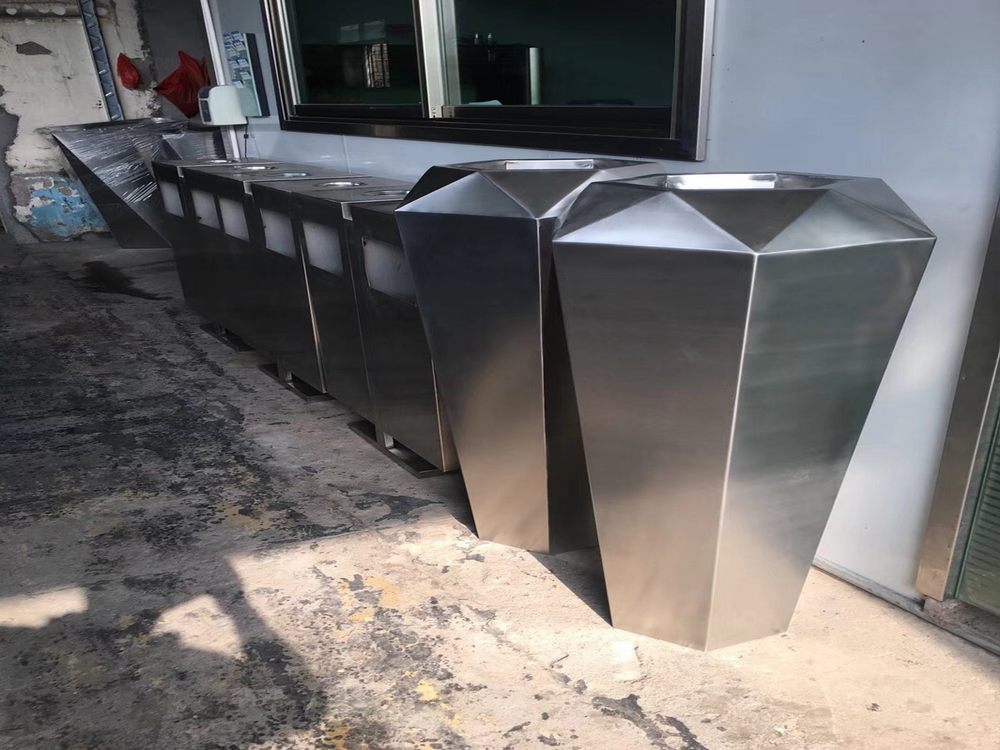
Porcelain sculptures, traditionally associated with delicate indoor displays, have evolved to adapt remarkably to outdoor environments through innovative material science and artistic techniques. Modern outdoor porcelain pieces incorporate high-fired clay bodies with reduced porosity, making them less susceptible to moisture penetration and freeze-thaw damage.
The secret lies in specialized formulations where artists mix porcelain clay with additives like alumina or grog to improve thermal shock resistance. Glazing plays a crucial protective role - outdoor porcelain sculptures typically receive multiple layers of durable, UV-resistant glazes that create an impermeable barrier against rain, snow, and sunlight fading.
Installation techniques further enhance durability. Proper mounting on stable bases prevents ground moisture wicking, while strategic placement in partially sheltered areas minimizes direct exposure to harsh elements. Many contemporary porcelain artists now design pieces with drainage channels to prevent water accumulation.
Maintenance involves gentle cleaning with pH-neutral solutions and occasional wax coatings for added protection. While not completely maintenance-free, high-quality outdoor porcelain sculptures can withstand decades of seasonal changes when properly cared for, bringing enduring elegance to gardens and public spaces worldwide.

